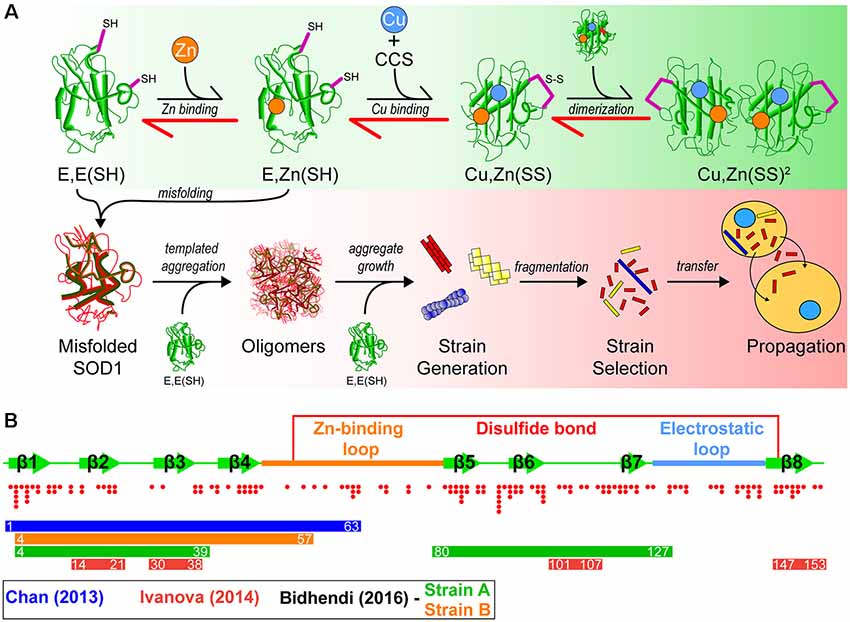Structure And Design Schierle Pdf
- Structure And Design Schierle Pdf File
- Structure And Design Schierle Pdf Free
- Structure And Design Schierle Pdf Download
1 Tensile Structures Stayed Suspended Anticlastic Pneumatic Cable truss Tensile structures Copyright G G Schierle, Press Esc to end, for next, for previous slide 12 Stayed Tensile structures Copyright G G Schierle, Press Esc to end, for next, for previous slide 23 McCormick exhibit hall Chicago Architect/Engineer: SOM To span railroad trucks underneath, the truss roof is suspended by stay cables from concrete pylons.
Dipl-Ing, Stuttgart University; M.Arch and PhD, University of California, BerkeleyProfessor Schierle is a Fellow of the American Institute of Architects, recipient of the Award, NSF, HUD, and research grants, founding Director of USC’s Master of Building Science Program, and a professional architect. He lectured and published extensively on design for earthquake safety and tensile structures, including at AIA National Conventions. Schierle holds PhD and Master of Architecture degrees from UC Berkeley and a Dipl.-Ing. Degree from Stuttgart University of Applied Sciences. Prior to USC he taught at UC Berkeley and Stanford. He served on the California structure license committee, the Journal for Architectural Education Editorial Board, and the Fabric Architecture Advisory Board.
He is at Journal of Steel Structure and Construction and serves on the. His professional practice includes major projects in America, Asia, and Europe. His book Structure and Design is published atRelated Links:.
Structure And Design Schierle Pdf File

Prerequisite(s): PHYS 125 and MATH 108Structure defines form and space and supports gravity, lateral, and thermal loads. The course introduces the four S’s required for architectural structures: Synergy, Strength, Stiffness, and Stability. Synergy, a system greater the sum of its parts, reinforces architectural objectives; strength resists breaking; stiffness resists deformation; and stability resists collapse. Structures must also resist bending, shear, tension, compression, thermal stress and strain. Learn the historic evolution, material, and system of structures, as well as the basic design and analysis tools for conceptual design.Required textStructure and Design:Detailed information is posted at. Prerequisite(s): ARCH 213a or equivalent courseLearn the design of basic structural systems: arch, vault, dome, truss, space truss, Vierendeel, suspended and stayed structures, moment frame, braced frame, shear wall, framed tube, bundled tube, and suspended high-rise.
Structure And Design Schierle Pdf Free

Structure And Design Schierle Pdf Download
Structure selection and optimization is based on environmental conditions, available resources and technology. Explore how the design of these systems accounts for gravity, lateral wind, seismic load, and thermal stress and strain. Learn about seismic design and failure, as well as schematic design based on the global bending and shear concept.
Students will design structures and build a structural model including small, medium, and large spaces.Required textStructure and Design:Detailed information is posted at. This seminar emphasizes the study of horizontal structures, with a focus on the integration of building systems and exploring the fit and synergy of form and structure. Develop informed intuition for structures, their response to natural forces (gravity, seismic, thermal, wind), and how structure interacts with other design issues. Identify strategies and explore issues and problems in the development of building structure systems such as design criteria, system selection, design development, optimization, and system integration. Seismic design and seismic failure will also be introduced.
Learn the basics of Multiframe and LDG (Lateral Design Graph) to design for lateral wind and seismic load.Required text:Structure and Design:Detailed information is posted at. Vertical structures respond to gravity, wind, seismic, and thermal loads. They also need to be integrated with architectural objectives, creating a synergy of form and structure. This course covers various methods for stabilizing vertical structures, including foundation design, moment and braced frames, framed tube design, shear walls, and building diaphragm design in the context of wood, steel, concrete, and masonry structures. Students will explore the use of Multiframe; LDG (Lateral Design Graph); SDG (Structure Design Graph) to design moment frames, braced frames, and shear wall structures; and PDG (Post Design Graph) to design posts in wood, steel, concrete, and masonry for axial and bending stress.Required textStructure and Design:Detailed information is posted at.
